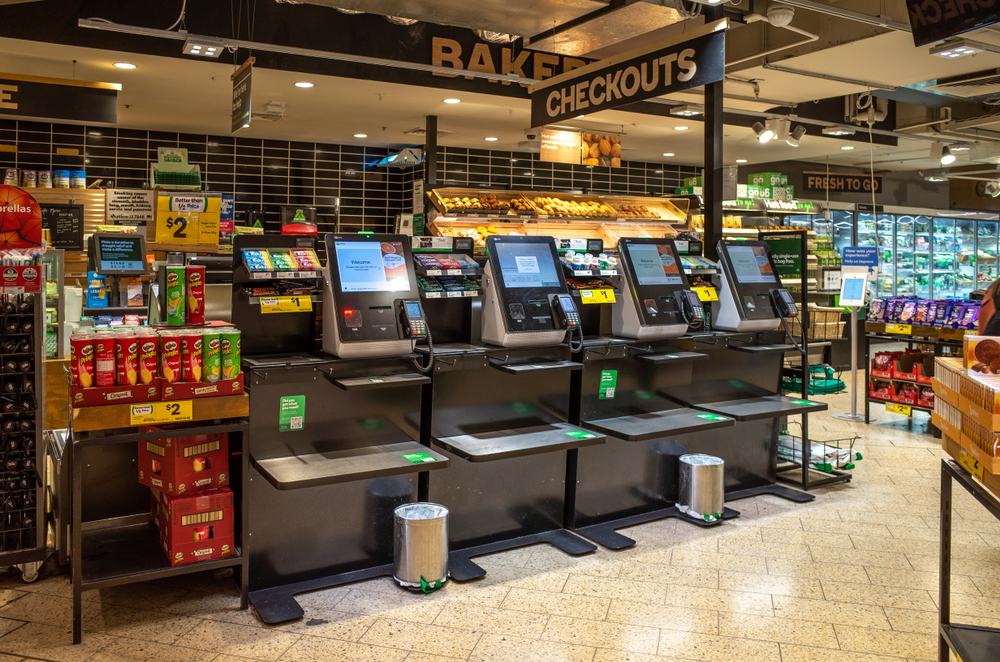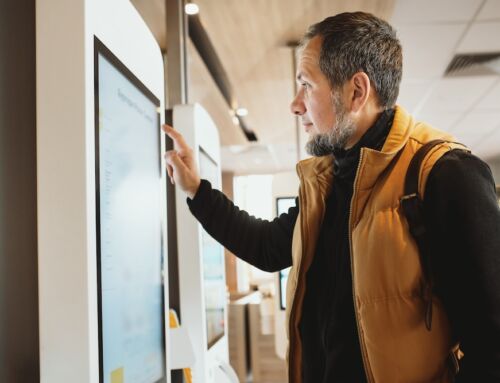The surest sign that a technology has reached full maturity is when it starts to evolve and diversify beyond its original use cases. Or its original design, for that matter.
On that basis, kiosks have been a ‘mature’ technology for some time now. They are, after all, used for dozens of different purposes and take any number of different forms.
But what really singles out how far kiosks have come is the amount of diversification we’re now seeing within single sectors and use cases. Take retail, for example. Self-service checkout was one of the earliest uses for kiosk technology. But nowadays, that’s just one of several ways kiosks are deployed for what has come to be known as ‘unattended retail’ – quite simply, point of sale without a sales assistant.
From boosting convenience and efficiency in stores to multiplying sales opportunities in new places, kiosk technology is driving innovation in retail. In this blog, we’ll take a look at the first two of four prominent unattended retail models – self-checkout and checkout-free – before returning to interactive stores and smart vending machines/micro markets in our next post.
Self-checkout
Let’s start with the original ‘unattended’ kiosk POS solution. Pioneered in the supermarket sector, self-checkout lanes were conceived as way to increase POS density (and therefore throughput) without having to dramatically increase staff numbers. More compact than traditional supermarket checkout lanes, self-checkout multiplies the number of touchpoints you have in any given space. And while not 100% ‘unattended’, a single member of staff can oversee eight to 10 terminals to assist with things like restricted item authorisations and scanning errors.
While usability was in the past levelled as a criticism of self-checkout, the technology has continued to evolve to provide an ever more user-friendly and reliable customer experience. That is helping the volume of supermarket transactions carried out via self-checkout to steadily rise year-on-year, while the global self-checkout market is expected to break the $5bn barrier this year.
Checkout-free
For those who see the very existence of a checkout, whether staffed or self-service, as an unnecessary point of friction in the customer journey, a solution is on the horizon. Pioneered by Amazon, the ‘grab-and-go’ concept does away with checkout entirely. Through a combination of scanner and ident technology coupled with mobile apps and digital account payments, check-out free turns the traditional idea of POS on its head. People walk into a store, grab what they want, the items are registered to their account and payment is processed when they walk out.
Kiosks play a role in identifying customers this time – in the examples currently up and running, customers ‘tap in’ to a store when they walk in using their mobile phone. As with self-checkout, it is the grocery sector that is taking most interest in checkout-free so far. But with logistical and cost challenges to be ironed out, to date it has been positioned as a convenience solution for smaller grocery outlets.
Look out for our next post where we’ll delve into two more kiosk-driven models of unattended retail, interactive stores and smart vending machines/micro markets.




